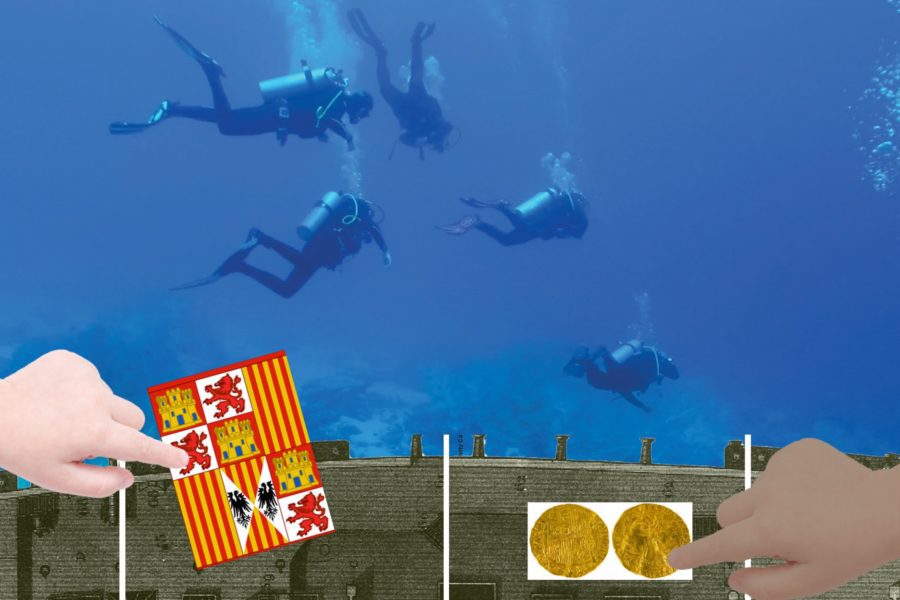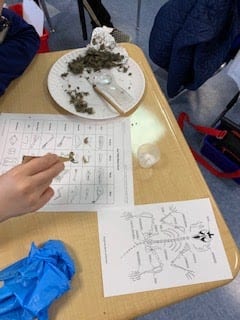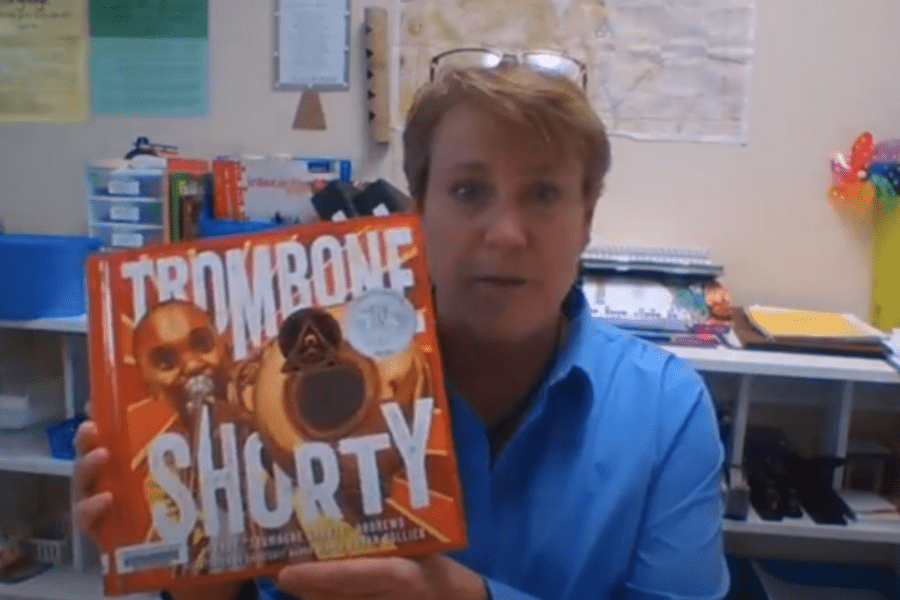
This month, we are thrilled to feature Dobrila (Bri) Savic, an elementary teacher at Ivy Hall Elementary School in Buffalo Grove, Illinois. Bri has been an educator for 27 years. She believes in teaching to each student’s individualized strengths and abilities so that all learners can truly achieve their personal best. Read more about Bri’s teaching philosophy in her own words below:
“I am very passionate about helping English learners achieve academic and social success. In the same way, I am dedicated to supporting my colleagues in making educational content accessible and implementing best practices for English learners. I also have a passion for integrating educational technology into teaching and learning to support and optimize learning and home-school connection.”
You can learn more about Dobrila’s experience with the Grade 2 program of TCI’s Bring Science Alive! Exploring Science Practices in our conversation below.
What was your favorite subject when you were a student?
My favorite subject growing up was math. In a sense, math is a universal language. It was something my non-English speaking parents and I could do together. Because there are a lot of math connections, I also enjoyed science.
How do you integrate the TCI curriculum and tools into your classroom?
We launch the unit of study by introducing the anchoring phenomenon. The students make connections between the lessons and the phenomenon to help them answer the essential questions and make sense of the phenomenon. Because the text in our digital resource is audio supported with inline dictionaries, it is accessible by all students. Through exploration, curricular connections are made to math and literacy.
What’s your favorite TCI lesson?
My students and I enjoyed engaging in the STEM project of making a hand pollinator. The activity allowed for student choice and creativity. I incorporated a few cooperative structures for students to collaborate on their prototypes and communicate their thinking and final products with each other.
How has the curriculum helped drive student engagement and learning outcomes?
The hands-on activities allow students to make kinesthetic connections to the science concepts and collaborate. Because the resource encourages students to collaborate while engaging in the multimodality activities, they learn with and from each other. This yields a deep understanding of the content and is reflected on their assessments.
What changes have you seen in your classroom since implementing TCI’s curriculum?
The students enjoy learning about the concepts and playing the lesson games. They are highly motivated by and engaged in hands-on activities. Because the resource is digital, students enjoy accessing the content with their families wherever there is internet access on their devices.
Are there any specific skills that you’ve seen improve as a result of using TCI’s materials?
As a result of interacting with TCI’s text and engaging in hands-on science activities, I have seen students’ nonfiction reading skills, technology skills, and collaboration skills improve.
Lastly, is there a teaching tip that you would like to share with other teachers?
I encourage teachers to intentionally plan and vary cooperative structures so students have multiple opportunities to engage in critical thinking, collaborate, create and communicate with one another, so they learn with and from each other.




